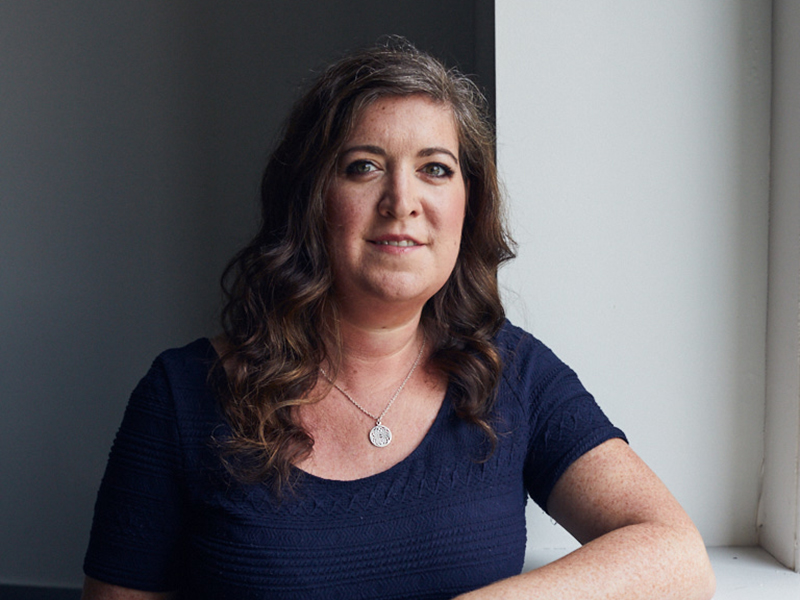

Since my last two editorials have targeted issues around pension plan design and retirement readiness, I’m balancing things out this month by turning my attention to benefits. Fortunately, I have strong opinions on the topic of this month’s cover story.
Since I joined Benefits Canada four years ago, I’ve noticed that paramedical benefits — and in particular, massage therapy — generate a lot of opposing views. I certainly understand the big picture, but personally, among all the offerings in my benefits plan, I use massage therapy the most — as a way to support my mental health through self-care and also for physiotherapy, due to a lingering lower back injury. Fortunately, I don’t need to use any drug benefits, so paramedical services is the area where I prefer to take advantage of the premium I pay on my benefits plan.
Read: How can plan sponsors work out the kinks in paramedical coverage?
In my case, I use my massage therapy coverage as a preventative treatment, so I won’t have to take a reactive approach later on. If I can proactively treat my back pain — which is only exacerbated by my workplace, where I sit and type at a computer all day — with my paramedical services coverage, it’s less likely to become a bigger health issue down the road. The amount I currently spend on massage therapy would pale in comparison to any future absenteeism, as well as the short-term disability leave I’d have to take, if I had to undergo back surgery.
My point is, every employee has completely unique needs when it comes to their benefits coverage — this is one reason why flex plans have grown in popularity. You can’t paint every single plan member with the same brush. Yes, some people use massage therapy as a “lifestyle” benefit rather than as therapeutic treatment. And yes, some employers are seeing exorbitant costs associated with their paramedical coverage.
But plan sponsors and insurers that are eliminating massage therapy — or other paramedical — coverage are missing the point. Like any benefits offering, the solution requires a balance between employer and employee responsibility. It’s a drum I beat repeatedly, but the world we live and work in is changing, along with the needs and preferences of employees, so isn’t it encouraging that benefits plans are evolving as well?
Read: Shift towards DC approach to health benefits inevitable
As I noted earlier, flexible benefits plans are becomingly increasingly common. And returning to pensions for a moment, more employers are moving to defined contribution plans, where employees share the responsibility for their savings journey. To me, it makes sense that the benefits industry is also moving to a DC model.
Ultimately, it comes down to plan design. In a DC pension, a plan sponsor might match their employees’ contributions at a maximum of five per cent. Though not a complete comparison of apples to apples, the approximate equivalent in a benefits plan might be setting an annual maximum on the coverage for paramedical benefits — or maybe even separating massage therapy out with a lower cap, like Epcor Utilities Inc. did to control its costs.
Another plan design option is introducing a per-visit spending cap, which could help discourage those plan members that are spending their massage therapy benefits on an overly expensive, and probably unnecessary, spa treatment. And plan sponsors can also introduce co-pays. For example, my benefits plan covers 75 per cent of paramedical services and I pay the rest. Again, when an employee takes some responsibility over the cost, they will be more cognizant of those dollars.
Read: What is driving the rising demand for paramedical services?
No two people are alike. We all have different priorities for our physical, mental and financial health, so why be judgmental, and restrictive, about the benefits that each employee chooses to focus their plan spend on? Be flexible and share the spend with your employees — if you show them that you trust them, that confidence can go a long way to keeping them happy and healthy.
Jennifer Paterson is editor of Benefits Canada.
